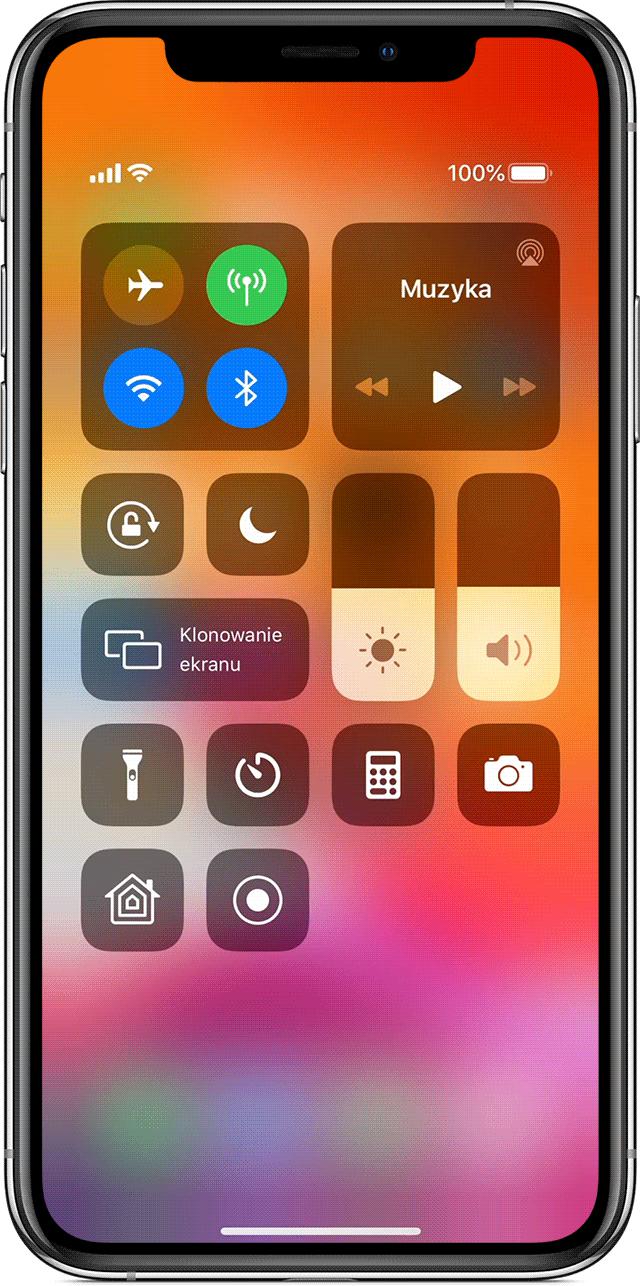- SPIDER'S WEB
- Technology
- Tech
Until now, both scenarios had to either exit from an application with the home button to select the icon of the previous application on the desktop again, or you had to use the option to quickly switch between applications after double-clicking the home button.
At first glance, the novelty in iOS 9 is quite a useful thing - you can return to the previous application much faster, and you can't miss the new option, which certainly means that it will be used much more often than the old ways of moving between applications.
Except we now have 3 ways to do the same thing. For an ultra-logical, simple operating system for the average user, it gets quite dense. And inconsistently, because in the place where the "back" button appears (let me remind you: the upper left corner), there are usually navigation buttons for various third-party applications. For example, in Facebook there is a button ... back that takes you to the previous screen in the application. As a result, we have two back buttons in the upper left corner - one system one from Apple, the other in-app from Facebook.
After the premiere of the Apple Watch, many people complained about the complicated and difficult to quickly master navigation system through the operating system. The same is said to Apple Music - that the applications are illogically written in terms of navigation, that there are many incomprehensible nooks and crannies. Now in iOS 9 we get a "back" button that duplicates functions and introduces navigational chaos.
For me, this is another example that Apple is starting to lack a strict reviewer who will say no 100 times, to say yes once for various more or less successful ideas.
Tags: apple copy androidios 9ios 9 betaiOS what's newiOS back buttoniOS back buttonios vs android


![Apps and games on iOS for free.Promotions, discounts, discounts [27.12.2021] Apps and games on iOS for free.Promotions, discounts, discounts [27.12.2021]](https://website-google-hk.oss-cn-hongkong.aliyuncs.com/article-website/google/2021/12/31/661e1a9d1bdfffaecac65b0350aa0db5.webp?x-oss-process=image/auto-orient,1/quality,q_70/format,jpeg)